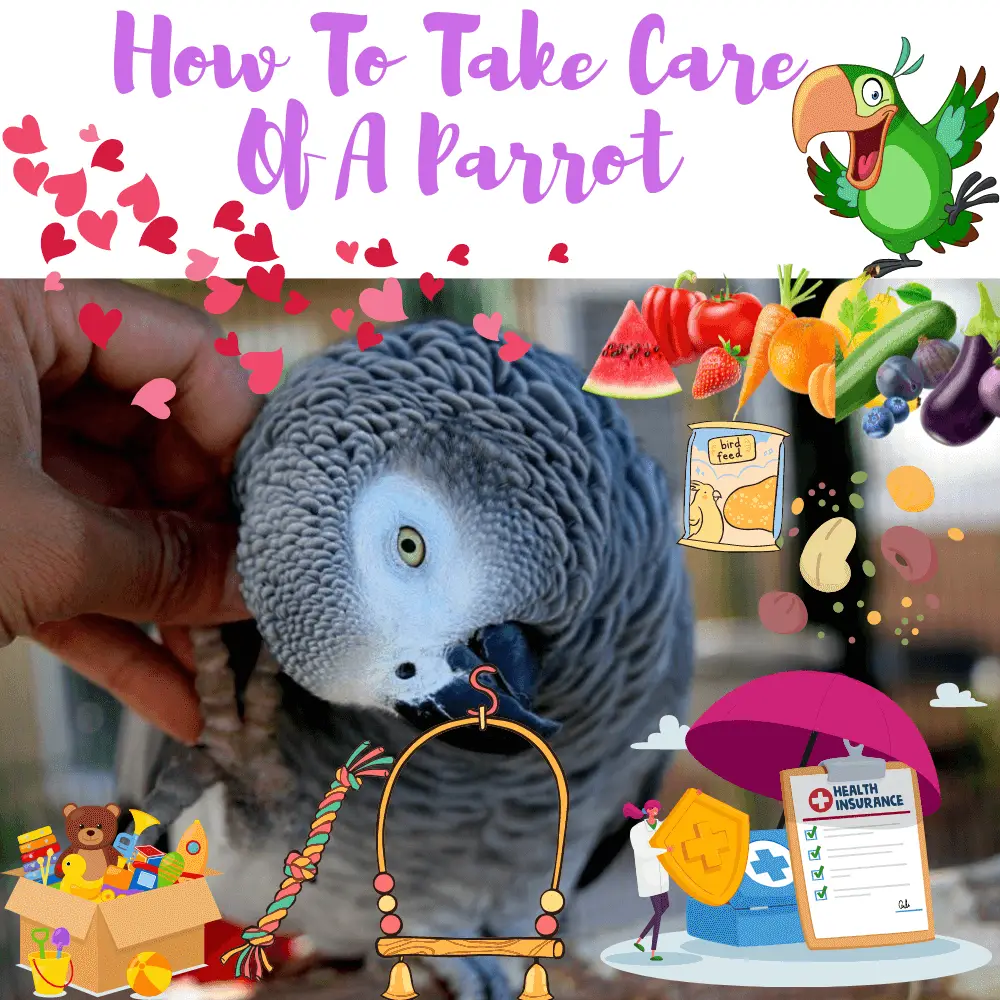 How to take great care of a parrot: Adopting and Educating a Parrot: Instructions for Use A parrot is talkative and warm and easily adapts to its master. These characteristics make him a good pet. Placed in a cage, in the living room, or in the garden during the day, it becomes a pet. How to adopt a parrot?
How to take great care of a parrot: Adopting and Educating a Parrot: Instructions for Use A parrot is talkative and warm and easily adapts to its master. These characteristics make him a good pet. Placed in a cage, in the living room, or in the garden during the day, it becomes a pet. How to adopt a parrot?Caring for a parrot
The parrot is not only a sociable and touching bird, but it is also a funny and clever animal. If you like to chat, you will be satisfied. And you will understand: it is not for nothing that talkative people are said to be real parrots!
On the hygiene side, its grooming must necessarily go through a weekly bath. This will allow you to take care of your skin and long feathers. The principle is simple: put it in a bathtub with warm water.
This bird is ideal for breaking loneliness. You have to devote a little of your time each day to teach him the art of language if he is of a breed of parrots that can talk. This will also allow you to get closer to him. You can go little by little and start by teaching him words, and simple terms before teaching him sentences. Try to make him understand that he must repeat what you say.
Can all parrots talk?
Can parrot talk? yes, The Parrot can learn to mimic human speech. and which parrot can speak? and how and why parrots talk also why do parrots’ eyes dilate when they speak? and what is the cheapest parrot that speaks?
Not all parrots speak! The African Grey Parrot or Timneh Grey Parrot is the most gifted for this. Then come the Amazons Parrot, the Blue & yellow macaws, and some Cockatoos, Eclectus Parrot, And although parrots of these breeds can potentially talk, not all of them will be able to.
The environment of the parrot
The parrot needs a warm and healthy environment. His cage must be cleaned every day to avoid contamination like Proventriculus Dilatation Disease, and beak and feather disease. Do not hesitate to use a disinfectant to kill bacteria, microbes, and other microscopic bodies that can lead to disease. Being a very communicative animal, it is advisable to spoil it from time to time. You can do this using the positive reinforcement method. This consists of rewarding him with small kind and caring gestures or food every time he behaves well or follows your instructions.
Adequate insurance for your parrot
Why choose good parrot insurance: Several mutuals offer parrot insurance. The formulas vary from one institution to another. To make your choice, you can use an online insurance comparator. This will allow you to have a free and personalized quote. Thus, the costs of consultation with the veterinarian can be reimbursed (Parrot vet near me). Some of our partners reimburse the cost of staying in an animal clinic. Taking out insurance will significantly reduce your costs and allow you to be serene.
You may be thinking of adopting a parrot for its bright colors and high intelligence, that you are attracted to the idea of having a talking pet, or that you have always loved birds. Living with a parrot can be a very rewarding experience. These are extremely affectionate animals, which can become very popular pets.
But it also has its challenges that you need to know before taking an animal of this type into your home. In this article, we reveal the main considerations to consider.
What should a parrot cage look like?
One of the most decisive points to keeping our parrot will be its Parrot cage. There is a multitude of aviaries and accessories on the market, and we will have to choose the best option for our pet. The parrot’s cage should be square or rectangular, because Rounded cages, since they do not have corners, generate insecurity and therefore stress. Then would come the consideration of size, depending on the size of the parrot. Large parrots, such as macaws, would need a cage of at least 60 x 80 x 160 cm, taking into account that whenever we can, we must offer as much space as possible. Animals that enjoy a state of semi-freedom may live in smaller cages. The 10 best parrot cages
The cage will have a drinker and at least 2 feeders, one for feeding and one for fruits or vegetables. One of the great disadvantages of parrots is their propensity to throw away food, so it is better never to overfill the feeders.
Parrots are climbing animals by nature, so cages designed for these animals have passed through bars that allow them to climb and move along walls. And of course, the manufacturing materials as well as the paint should not be toxic to these birds.
Perches, or horizontal bars where animals stand, must be of appropriate size according to the species of parrot, and if possible made of natural material ensuring the safety of the animal.
The position of the cage is essential to guarantee a state of tranquility for our bird. Parrots are not predators, but they are preyed upon by other animals, so they must be in environments that transmit safety. Placing the cage next to a wall will allow them to feel more protected, while being near a door or window, where disturbing elements may appear, will generate a lot of stress. It is also convenient to place the cage at the height of people’s torso, to allow better interaction with the animal.
Always place the cage in a place that allows it to socialize with you and other family members. Remember that parrots are very sociable and need company.
An essential accessory in a parrot cage is a calcium stone or cuttlefish bone. The beak of these birds is constantly growing, and they need to rub it against a rough surface to keep it at its optimal length.

What toys does a parrot need?
The toys that the parrot has in its cage are very important for its psychological well-being because they enrich its environment and avoid boredom. Precisely because its function is above all entertainment, it is essential to change the toys and even their position in the cage.
The introduction of new toys like wood toys into the cage will always be done gradually, one by one, and monitoring the response of the animal to the said toy. Sometimes certain colors, textures, or shapes can create fear in parrots and lead to a stressful situation that we were trying to avoid in the first place.
Parro Care:Be careful this is a list of unsafe bird toys
How to clean the cage of a parrot?

How to take care of a parrot
Hygiene is essential to keep a parrot in good condition. We should daily clean the floor of the cage, as well as the feeder and drinker, to avoid infections with bacteria and fungi. Once a month we need to clean the entire cage, with a toothbrush and soapy water, then rinse well.
What does a parrot feed on?
A parrot, like a human being, needs healthy food to be strong on a daily basis and live as long as possible. Vitamin, protein, fiber, and mineral foods will allow it to be strong and robust. These foods will also help him fight the risk of disease. You can give him fruits and greens.
The most important thing: is the food must be clean. A little trick to ensure the cleanliness of the food: put the fruits and vegetables in a basin containing 4 liters of water and pour 2 tablespoons of apple cider vinegar. In addition, the following foods are to be excluded to prevent your parrot from getting sick this list is toxic foods for parrots: chocolate, avocado, alcohol, meat, uncooked milk or cheese, and potatoes.
How to take care of a parrot
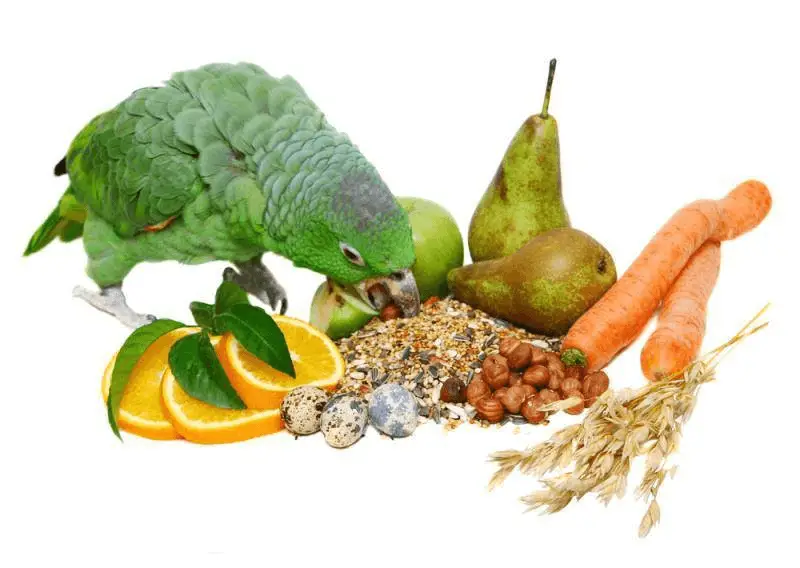
Feeding parrots
Feeding Parakeets and Parrots should follow a seed-based diet. Most pet stores offer species-specific mixtures. This mixture will be the basis of your diet, but it is convenient to supplement it with fresh fruits and vegetables and pellets, such as grapes, bananas, apples, carrots, and peas … Don’t overdo it with high-sugar fruits.
Never give your parrot coffee, alcohol, chocolate, raw legumes, asparagus, eggplant, or honey. Other prohibited foods are onion and avocado. The latter can be fatal in a few minutes.
If you notice that your parrot eats only part of the seeds of the mixture, pass it to the granules, in which the seeds are crushed and mixed. In this way, we avoid an unbalanced diet. And avoid sunflower seeds, because although they tend to like them a lot, they are very high in fats and parrots do not have a metabolism suitable for this type of diet.
Note: Teflon, like the one used in pans as a nonstick, is extremely toxic to these birds. Be careful if your parrot enters the kitchen.
How to take care of a parrot
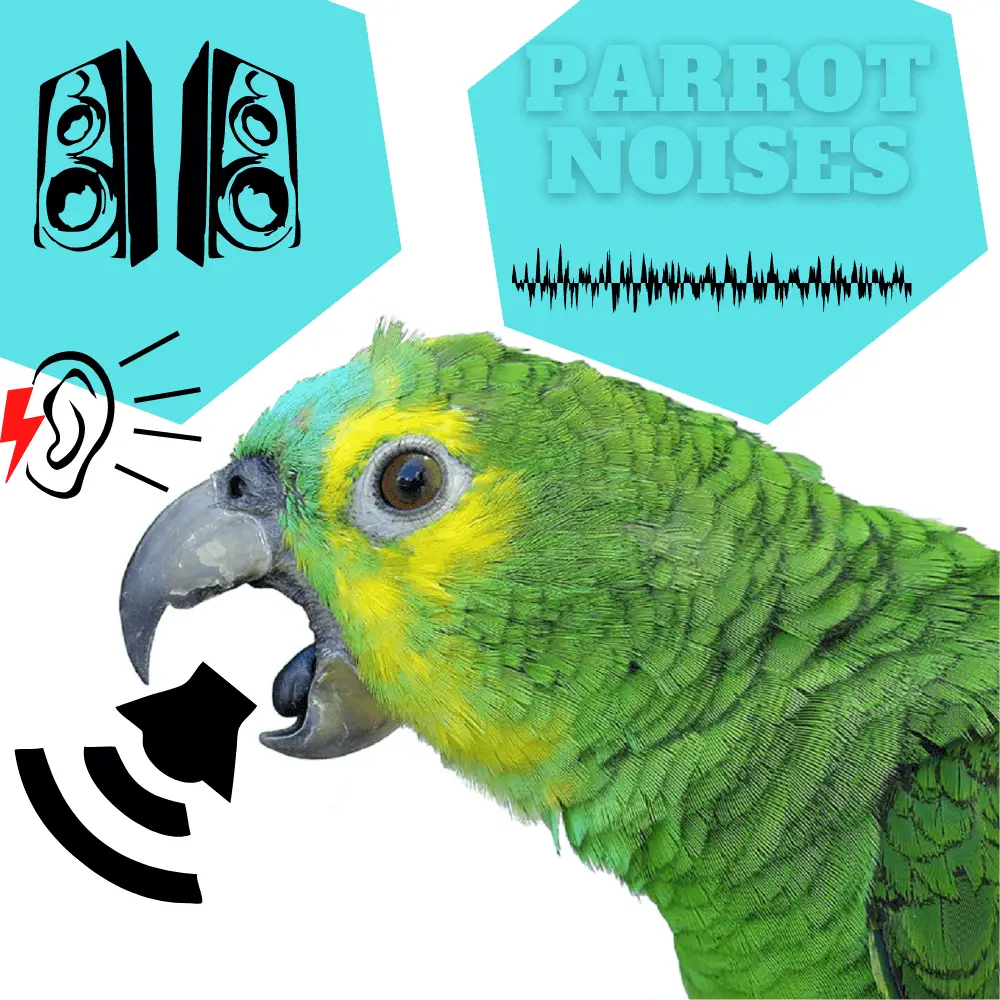
How much noise does a parrot make?
A lot. It depends on the species, of course, but they are all more or less vocal. This is one of the first things you’ll notice when you have a parrot at home. They are not discreet animals. Although there are of course exceptions, it is worth noting that most parrots are animals that tend to express their moods in a very vocal way.
It should be remembered that parrots are very gregarious animals, living in large herds in the wild. Noise parrot is part of your communication with the environment.
Parrots need attention
Parrots are very sociable animals that develop strong emotional bonds with those with whom they live. Your parrot will demand attention, so pay attention and talk to him several times during the day. Keep in mind that you are now his pack and therefore you need to interact.
How long does a parrot live?
Parrot Lifespan: Parrots are the longest-lived birds, so when kept in good condition, they can live for many years. Obviously, parrots in captivity live much longer than in the wild, where they are more exposed to danger.
Macaws can reach 100 years, although the average life expectancy is about 80 years; Cockatoos live between 60 and 70 years, and gray parrots have a life expectancy of about 50 years. Small parrots, like lovebirds, live about 20 years, and parakeets about 10 years.
Parakeet lifespan: While it is true that animals in captivity tend to live longer, it should also be mentioned that parrots bred as pets are more exposed to poor diet, toxic such as Teflon, or to escape, putting their lives at risk.
How to take care of a parrot
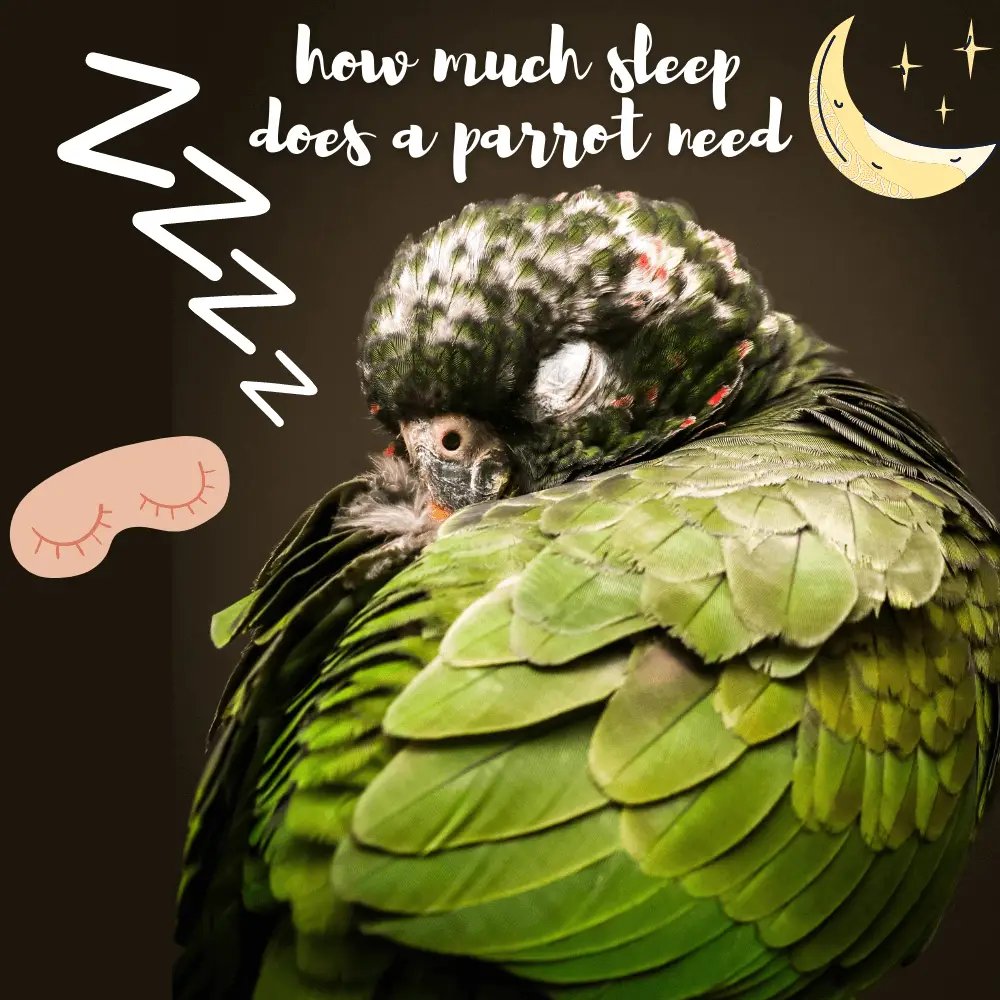
How much does a parrot sleep?
Parrots are tropical animals, where the days and nights are always from noon. And that’s exactly what a parrot needs to sleep to stay healthy. To facilitate the rest of the animals, it is advisable to cover the cage with an opaque lid to ensure darkness. It is also necessary to gradually bring this darkness, as would happen at dusk, thus avoiding the appearance of subsequent behavioral problems.
Other family members
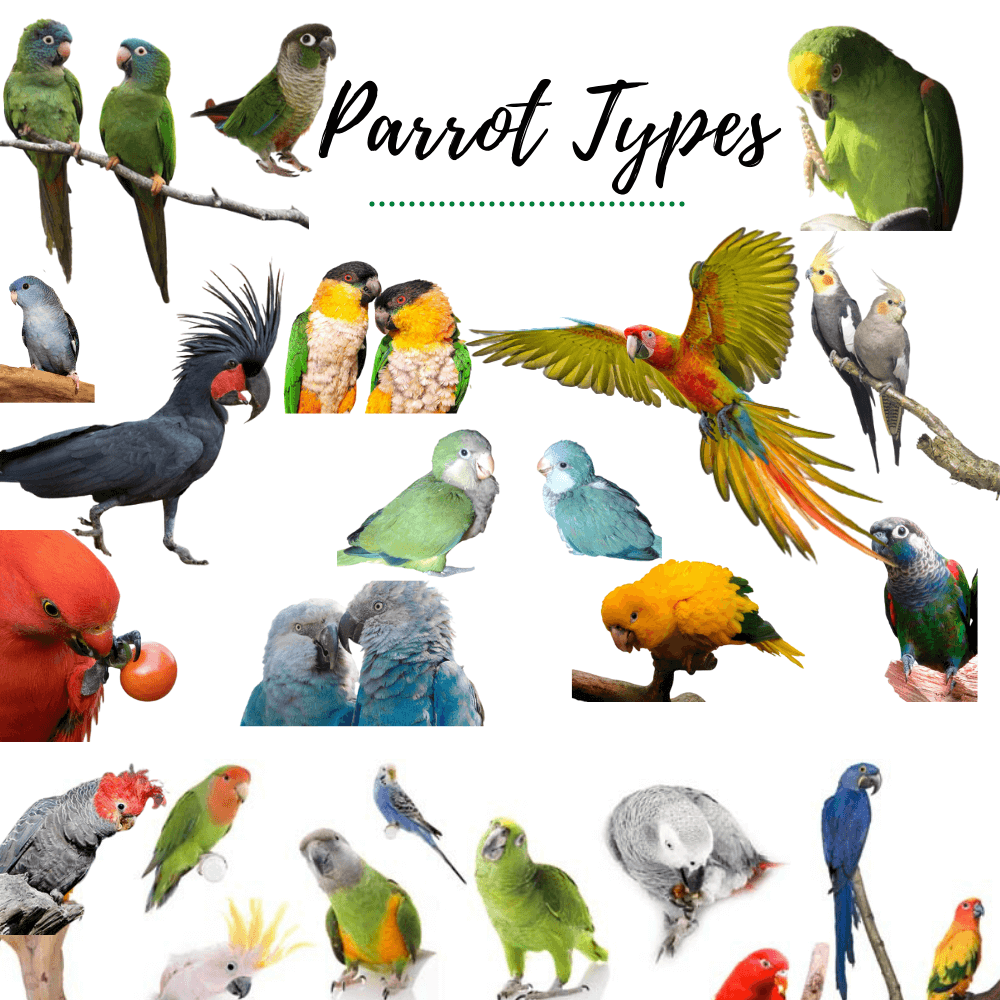
Care parrot
When you consider a parrot a pet, you should also take into account, other family members. If you have young children, you may be better off choosing smaller birds. This doesn’t mean you can’t have a large parrot when there are babies in the house, but you’ll need to be careful and always be aware of your avian friend.
How long does a parrot sleep As for other animals, think about their possible interaction. And if you decide to have several parrots, remember that it is always better to gather birds with a beak of similar size to avoid problems.
How to take care of a parrot

Learn to talk to a parrot
This is undoubtedly its most remarkable ability. The ability to talk about parrots makes their unique pets. But the process of getting a parrot to talk is long, and you will need a lot of patience. The secret: repetition. Use positive reinforcement and above all do not force it or get angry, because parrots are extremely sensitive to emotional states.
A parrot can become a very affectionate pet that will bring joy to the house. They are intelligent, they interact with us and they are extremely loyal. They need a lot of attention, but if we know how to treat them, they will rethink us considerably.
Do not hesitate to leave us your comments or suggestions. Thank you.
How to care for your pet parrot
SOURCE:Ontario SPCA and Humane Society
Other articles you may be interested in:
- All types of red parrots with pictures
- All different types of green parrots with pictures
- All different types of blue parrots
- Budgie lifespan
- Macaw lifespan
- Sun conure lifespan
- Cockatoo lifespan
- Parrot Health
- Parrot diarrhea treatment
- EGG- binding parrot
- African Grey Behavior
- Signs of Possible Illness in an African Grey parrot
- Difference between male and female African grey parrot
- African Grey Body and Plumage




















